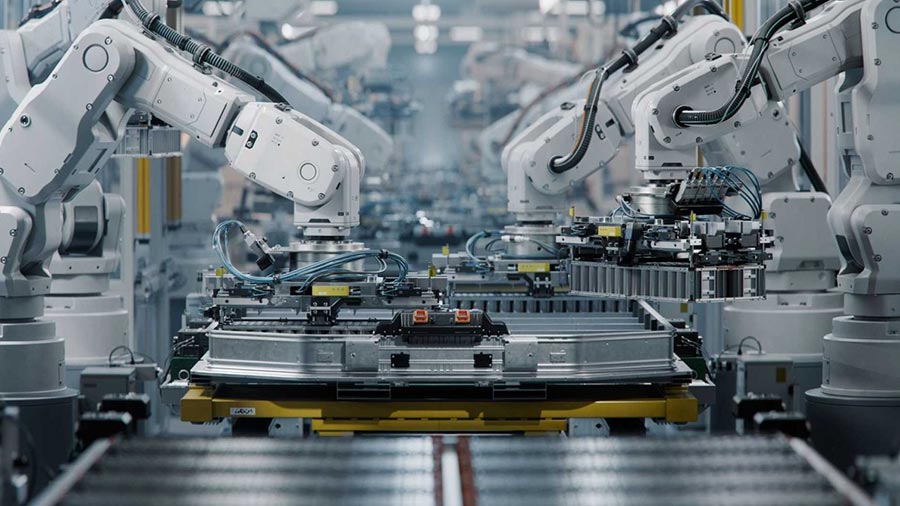Chinese shoemakers, Auchan to pay Nike compensation
A court in Shanghai has ordered two Chinese shoe manufacturers and a French supermarket to pay American sporting goods giant Nike 350,000 yuan (46,000 U.S. dollars) in compensation for copyright infringement China Daily said today.
The two Fujian-based manufacturers, Jinjiang Longzhibu Shoes Co Ltd and Jinjiang Kangwei Shoes Co Ltd, made shoes bearing a logo that was “basically the same” as one of Nike’s – a silhouette of former basketball star Michael Jordan slam-dunking – the Shanghai No. 2 Intermediate People’s Court said yesterday.
The Shanghai branch of France-based retailer Auchan was guilty of selling the products without permission from Nike, it said.
“All three have conducted copyright infringement against Nike,” the verdict read.
The shoemakers were ordered to pay 100,000 yuan and 90,000 yuan in compensation and Shanghai Auchan Hypermarket Co Ltd 160,000 yuan. The three will also have to publish an apology to counter the negative effects of the infringement according to China Daily.
Like many popular consumer and luxury market oriented products, Nike has had to battle the proliferation of both knock-off counterfeits and glaringly similar IP violations in China for years. The outcome of this case actually bears a lot in common with a recent article – via China Law Blog – by Godfrey Firth in the US-China Business Council’s monthy magazine, The China Business Review.
While the old saying “an ounce of prevention is worth a pound of cure” still rings true, much more than an ounce of prevention is necessary today. Even the best internal IP protection systems face challenges from counterfeiters. Any successful China IP protection strategy needs to encompass both offensive and defensive elements. Defensive actions include filing patents and trademarks, regularly reviewing IP security, and updating the company’s operations and internal policies. Offensive actions include using PRC laws to take action against counterfeiters and infringers; selectively deploying resources in surveillance; and continuing educational and advocacy efforts with suppliers, distributors, consumers, government officials—and the company’s own employees.
- Previous Article Brand China struggles under the weight of product recalls
- Next Article Why are foreign analysts considering China plays as internationally relevant?



























